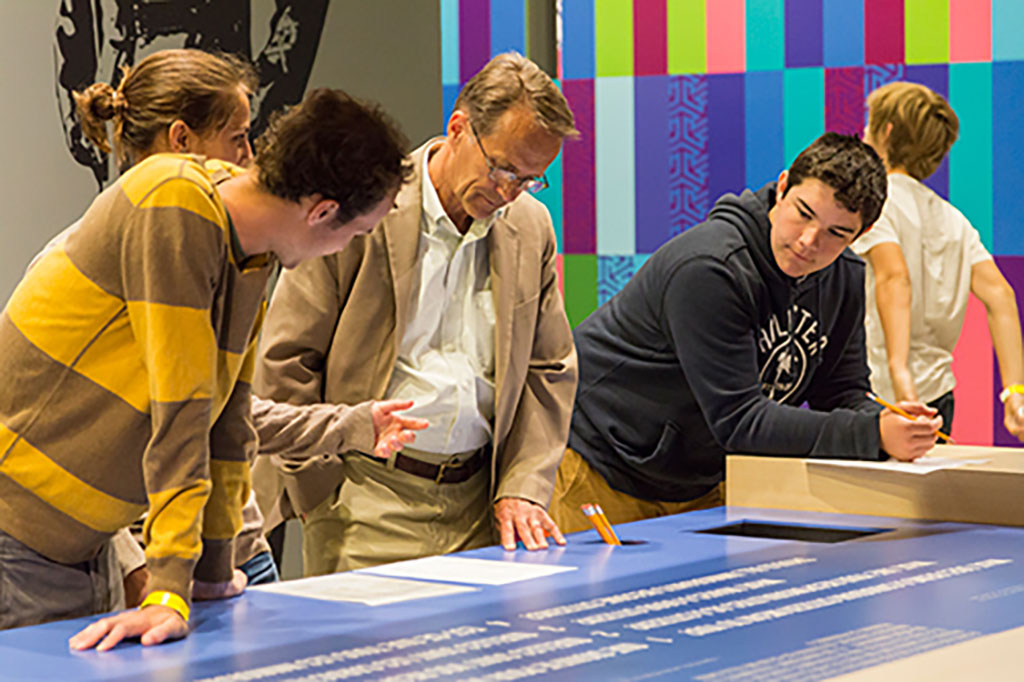Pier Perspectives Blog
-
Borders, Groups, Statistics: Researching Immigrant Arrival at Pier 21
Historians and genealogists depend on various sources to conduct research on immigrant arrivals, including archival materials, media, community histories, works on immigration policy and practice, and immigration statistics. The latter should be used with caution. Statistics offer invaluable information on the historical migration of individuals and families to Canada and their presence in this country. However, statistics can also skew or mask the identities of newcomers and size of their ethnocultural community in Canada. -
Customs and Traditions: Holiday Edition!
In the Canadian Immigration Hall, we have a great interactive element where we ask visitors to share with us their family traditions and customs.
-
Resettling Child Refugees: Canada and Armenian Orphans, 1923-1927
Increased public awareness of the Armenian genocide, between 1915 and 1923, coupled with public pressure on the part of Canadian press outlets, voluntary aid organizations, immigrant groups, and prominent Canadians, pressured federal immigration officials to admit 148 orphaned children as part of “Canada’s Noble Experiment.” The resettlement of Armenian refugee children in Canada represents the federal government’s initial involvement in international humanitarian aid by providing assistance to non-British and non-Commonwealth refugees.
-
Would You Pass The Test?

I have had the pleasure of attending quite a few citizenship ceremonies in my life.
-
“The Immigration Act a weapon”: Panama Maru and the Exclusion of Immigrants, 1913
In 1913, Canadian immigration authorities attempted to exclude a group of passengers aboard Panama Maru, mainly Sikhs. Tested in a deportation hearing, their efforts failed on a technicality. The admission of the passengers ushered in a rapid rewriting of clauses intended to exclude Asian immigrants which were central to the better-known 1914 exclusion of Komagata Maru.
Pagination
- Previous page
- Page 9
- Next page